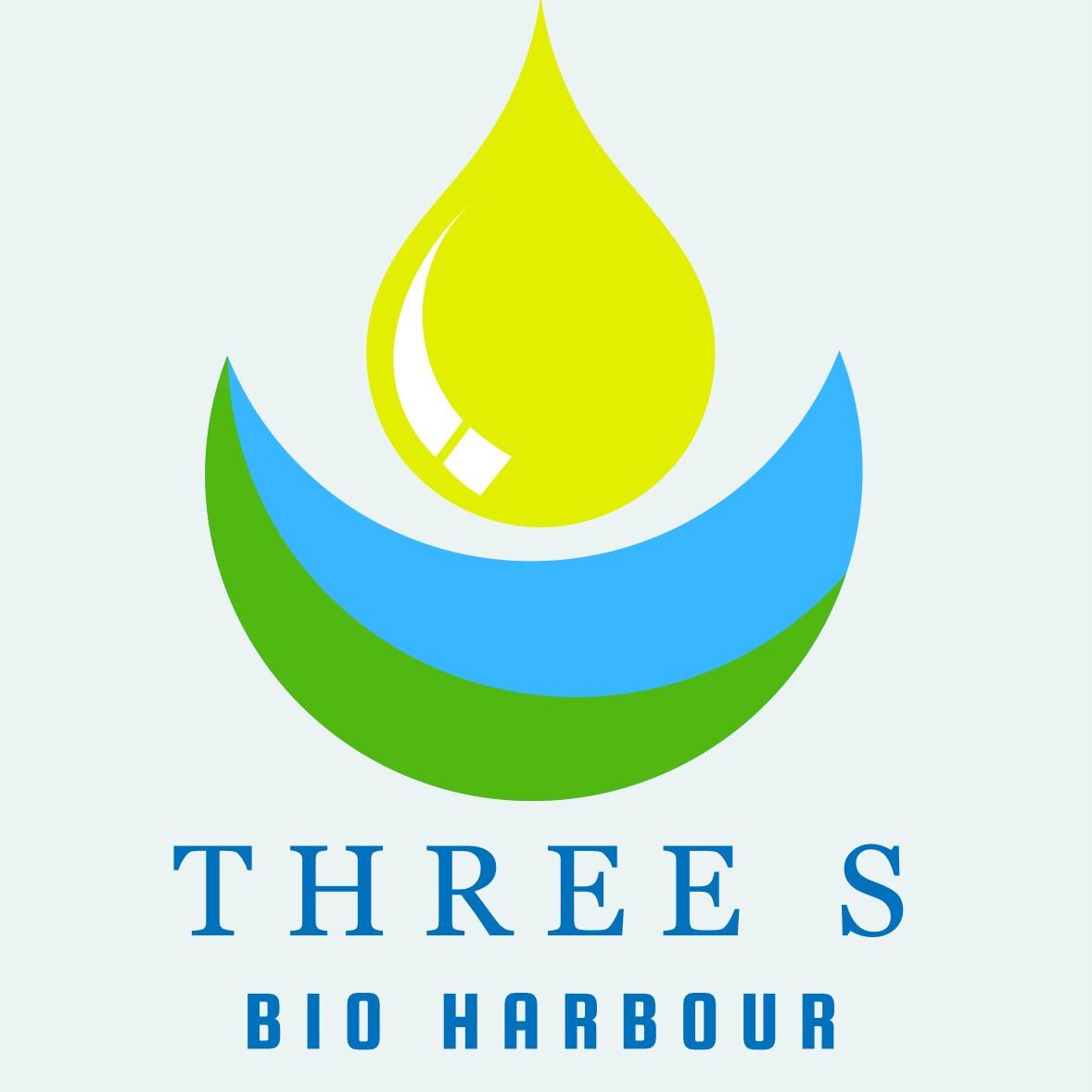Separation Plant
Separation Plant In Biodiesel Manufacturing
In biodiesel manufacturing, a separation plant plays a crucial role in isolating the desired biodiesel (methyl esters) from byproducts, such as glycerin, unreacted feedstock, and impurities that may result from the transesterification process. The separation process ensures that high-quality biodiesel is produced, meeting industry standards.
Separation Plant Details
Here’s an overview of the key separation processes used in biodiesel manufacturing
Separation of Glycerin (Glycerol)
1.Separation of Methanol
Process: After Methanol, which is used in the transesterification reaction, may remain in the biodiesel and needs to be removed. This is typically done through distillation..
Settling tanks: Allow the mixture to sit, and the heavier glycerin naturally settles to the bottom.
Centrifuges: Use high-speed rotation to accelerate the separation of glycerin from biodiesel.
Outcome: Glycerin is separated from biodiesel, allowing it to be further purified and possibly used in other industries.
2.Separation of Methanol
Process: Methanol, which is used in the transesterification reaction, may remain in the biodiesel and needs to be removed. This is typically done through distillation.
Distillation columns: Methanol is separated by heating the mixture. Since methanol has a lower boiling point (64.7°C) than biodiesel (methyl esters), it vaporizes first, and the vapor is condensed back into liquid methanol.
Outcome: Methanol is recovered and can be reused in the transesterification process, reducing waste and improving cost-efficiency.
3.Water and Impurity Removal
Process: The biodiesel may contain residual water or impurities from the transesterification process. To ensure the biodiesel meets fuel standards, water and other contaminants are removed by washing or drying.
Washing: Biodiesel is washed with warm water to remove residual methanol, soap, and other impurities. After washing, the biodiesel is allowed to settle, and the water is drained off.
Drying: After washing, any residual water is removed by heating the biodiesel and/or using a drying column or vacuum drying system.
Outcome: Glycerin is separated from biodiesel, allowing it to be further purified and possibly used in other industries.
4.Separation of Soap and Other By Pproducts
Process: In cases where feedstocks with high free fatty acid (FFA) content are used, soap may form during the neutralization process. This soap needs to be separated from the biodiesel.
Centrifuges or gravity settling tanks: Used to separate the soap from the biodiesel.
Outcome: The soap is removed, ensuring a clean biodiesel product.
5.Filtration and Polishing
Process: To remove any remaining particulates, biodiesel is passed through filters or polishing units.
Filtration units: These remove any particulate matter or solid residues from the biodiesel.
Outcome: The biodiesel is filtered to ensure clarity and cleanliness, meeting the required standards for fuel.
6. Quality Control and Testing
Process: After separation, the biodiesel undergoes quality control to test for characteristics such as viscosity, density, flash point, acid number, and contamination levels.
Labs and testing equipment: Instruments like gas chromatography, titration, and spectroscopy are used for quality analysis.
Outcome: Ensures the final biodiesel meets regulatory standards such as ASTM D6751 or EN 14214.
Conclusion
A separation plant in biodiesel manufacturing is essential for ensuring the efficient isolation of biodiesel from its byproducts and impurities. It involves various processes, including settling, centrifugation, distillation, washing, filtration, and drying, to produce high-quality biodiesel. Each step is carefully designed to maximize product purity and make the process economically viable, contributing to the production of clean, high-performance renewable fuel.
